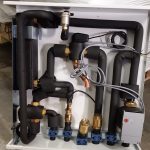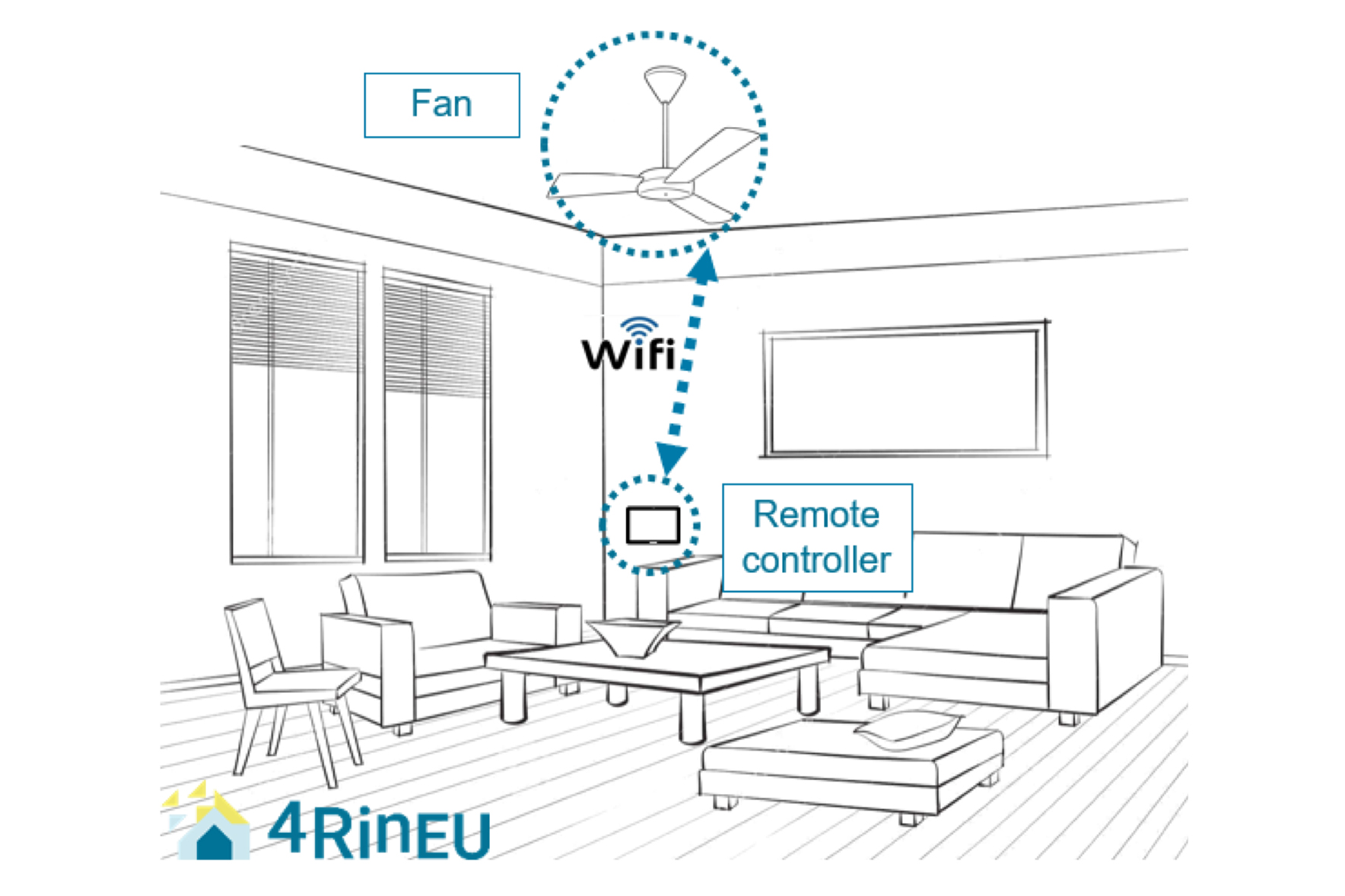Building automation as a means for efficient building operation
- 4RinEU Energy Hub
Thermal comfort, indoor air quality and daylight are key factors in the comfort of building occupants. Despite the interconnection of these aspects and the related requirements, the way to achieve indoor air quality and thermal comfort are not clear enough in some EU countries. This situation underlines the importance of addressing the topic of Building Operation, which is crucial for ensuring adequate comfort and quality levels and at the same time achieving effective energy efficiency.
The difference between the anticipated and actual performance of buildings is known as the performance gap, and it has been observed often that the actual energy performance of buildings after their completion, is not as good as the expected one during design. This performance gap –the difference between expected and actual energy performance- is often related to the user behavior of the building occupants. In addition, when performing deep renovation of buildings, the design and construction processes also face this challenge. For instance, the ALDREN project has found that out of the 34 different national and regional implementations of the Energy Performance of Building Directive (EPBD), the calculated primary energy indicator after renovation could vary from 73 kWh/m2 to 5 kWh/m2. This is of great concern, especially when deep renovation are aiming at least 60% energy demand reduction.
As a way of reducing the performance gap, close attention is being given to building automation in the operational phase of buildings. In broad terms, building automation typically involves a number of automatic controls for heating, ventilation and air conditioning (HVAC) systems, lighting, access control, energy management, fire alarms and other controls with the aim to better control the building’s systems. Building automation may involve the use of an electronic building management system (BMS), and buildings fitted with such systems are often called smart buildings. For HVAC systems, building automation systems can deliver critical information on the operational performance of a building as well as enhancing the safety and comfort of the occupants and contributing to energy efficiency.
[…] The 4RinEU project is currently testing a state-of-the-art building automation prototype to aid deep renovation via the development and testing of the Plug and Play Energy Hub. The Italian demo case uses a hydronic module that can be connected in series/parallel allowing control and monitoring of complex heating and cooling systems, integrating available renewable energy sources (solar thermal) to improve the match between thermal energy demand and production. The Plug and Play Energy Hub system is controlled by an integrated digital controller providing (a) the supply of space heating and instantaneous domestic hot water when connected to a hot water source; and (b) the provision of an account of thermal energy consumed by the final user, distinguishing between domestic hot water and space heating. In this case, building automation and passive measures for energy efficiency are expected to have a significant impact on the heating consumption.


 Previous Post
Previous Post Next Post
Next Post